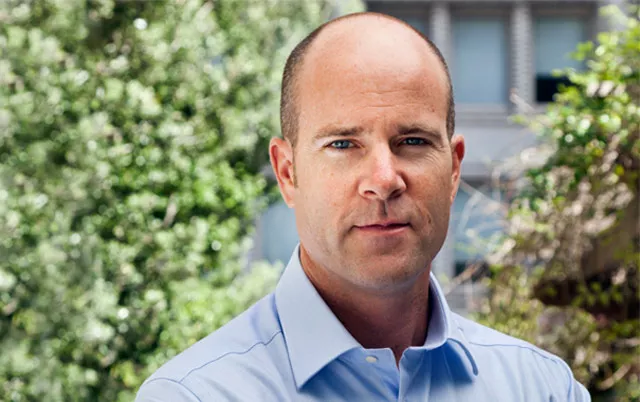Redwoods Forever

Photo by Henrik Kam
Sixty-six years ago, Berkeley paleontology professor Ralph Chaney opened a package containing a tree cutting from China and fainted. The branch had come from a dawn redwood, previously known only from fossils. It was like finding a baby dinosaur on his doorstep.
In a way, all three species of redwood in existence today are living fossils. They date to the Jurassic period, when redwoods dominated Northern Hemisphere forests. Apart from China's dawn redwood, only the coast redwood and its cousin, the giant sequoia, survive—both in California. Coast redwoods grow taller than any other tree, sequoias to be more massive than any other living thing. Both can live for thousands of years. By any standard, they are extraordinary. No wonder a redwood was the first symbol of the Sierra Club and you'll find a giant sequoia on our seal to this day.
Despite the redwoods' awe-inspiring grandeur, the initial instinct of European settlers was to cut them down. Fortunately for the giant sequoia, its brittle wood made poor lumber, and its enormous size made logging problematic. Even so, entire groves of these giants were turned into fence posts, grape stakes, shingles, and pencils.
The towering coast redwoods fared worse. "As timber," John Muir wrote, "the Redwood is too good to live." By 1900, almost all of the old-growth redwood forest on California's north coast (plus a tiny sliver of Oregon) was owned by lumber companies. Today, less than 5 percent of the old-growth trees remain.
Happily, some advocates believed redwoods were worth protecting, and certain groves had already been set aside in the late 19th century. Unhappily, only pockets of trees were saved, mostly in state parks (the exception being the small grove at Muir Woods National Monument).
I'm grateful for those parks. My family often goes camping in Hendy Woods, just a few hours from our home. But cherry-picking isolated stands of virgin redwoods isn't sufficient for permanent protection—for that, we've learned, you need to care for their entire watersheds.

Recently, scientists have also discovered that the canopies of old-growth redwood forests are rich and complex habitats comparable to coral reefs. And once a forest is logged, that ecosystem can't be restored for centuries, if ever, even if it's replanted. The truth is that we destroyed almost all of the old-growth forest before we ever really understood what it was.
After Teddy Roosevelt designated Muir Woods as a national monument in 1908, the federal government did not protect a single coast redwood for six decades. Redwood National Park was created in 1968 only after one of the hardest campaigns the Sierra Club had ever fought—and it took another 10 years for a significant expansion to adequately protect the entire Redwood Creek watershed.
In hindsight, it's amazing that it took so long to get protection for something as marvelous as a redwood forest. But we still have a long list of public lands—lands already held in trust for the American people—that are threatened by drilling, mining, and logging. Even U.S. Forest Service lands that contain giant sequoias have recently been slated for logging.
So far, we've held off those plans. But, as David Brower said, "conservationists have to win again and again and again. The enemy only has to win once." You can plant redwood trees all over the world. Some may grow and perhaps even thrive. But they'll never be a redwood forest. We have no power to create such a thing—only to save or destroy it.
As for Professor Chaney, after recovering from his swoon, he went to China to see the dawn redwoods for himself. A longtime advocate for California's trees, Chaney served as president of the Save the Redwoods League and was made an honorary life member of the Sierra Club in 1964. He also played a prominent role in the creation of Redwood National Park, leaving plenty of trees for the rest of us to admire—and save.
 The Magazine of The Sierra Club
The Magazine of The Sierra Club